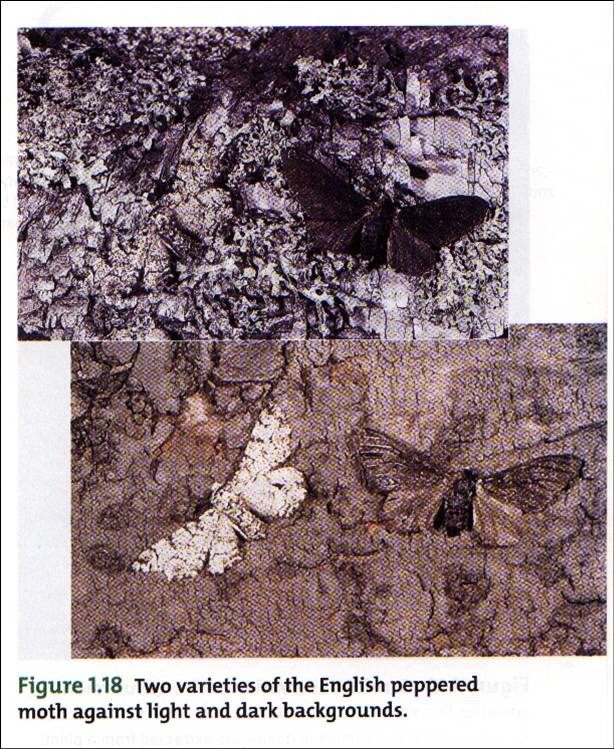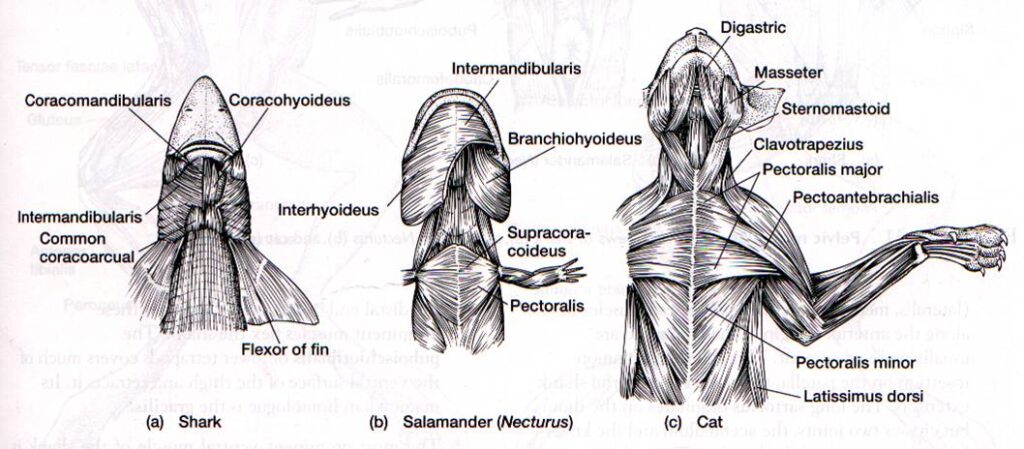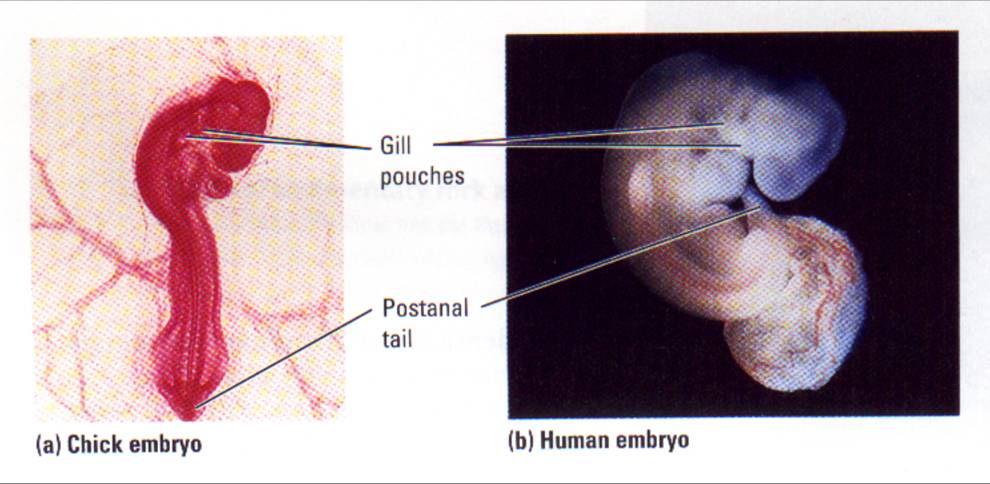The evolution of the theory of evolution
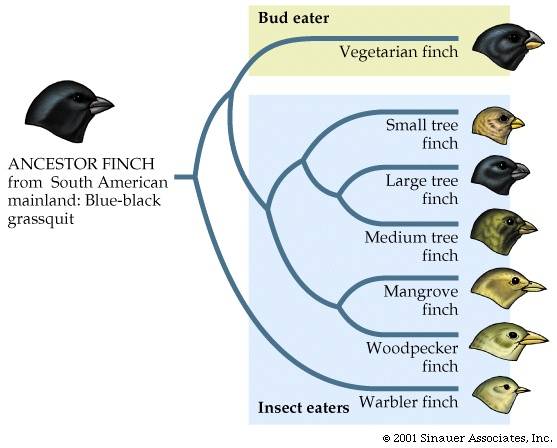

What did people think before evolution?
Up until 19th century Europe, species were thought to be immutable, meaning species were fixed and unchanging and do not evolve. Judeo-Christian culture fortified this idea with a literal interpretation of the biblical book of Genesis. The idea that living species do not change, and that the Earth is relatively young, about 6,000 years old, dominated Western culture for centuries.
In 1650, Archbishop James Ussher of Armagh (presently North Ireland) presented a treatise explaining that he had nailed down the date of Earths creation down to October 23, 4,004 B.C. He published a 2,000 page paper explaining how he calculated the average age of each biblical personality and went backwards until the first page of Genesis to figure it out.
In 1766, Georges Buffon suggested that Earth might be much older than 6,000 years. He proposed the possibility that a species represented by a fossil form could be an ancient version of a group of living species. Wow! What an amazing concept! This was never heard of before this man! This was completely against the overall fixed-species concept.
In the early 1800’s, Jean-Baptiste Lamarck, a student of Buffon, proposed that life evolves. He helped set the stage for Darwin to understand that adaptations evolve as a result of interactions between organisms and their environments.
Why did Charles Darwin figure it out?
Charles Darwin was born on February 12, 1809.
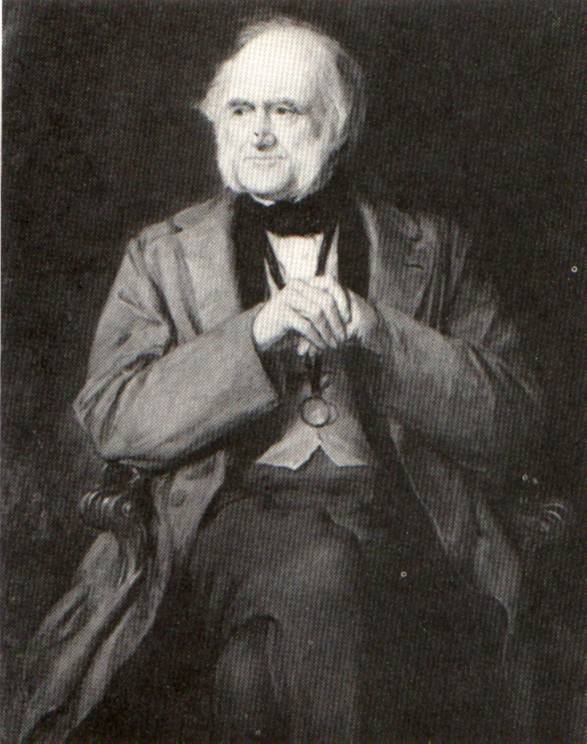
Darwin was 22 when he set out for a voyage around the world on the Beagle, a survey ship whose main mission was to chart the poorly known South American coastlines.
He spent most of his time on shore, observing and collecting thousands of specimens of plants and animals of South America. He noticed that these species of plants and animals were very different from what he knew from England.
Between ports Darwin read the book, Principles of Geology, by Scottish geologist Charles Lyell. The book presented the case for an ancient Earth sculpted by gradual geological process that continue today. That info plus Georges Buffon’s fossil revelation and Lamarck’s theory of adaptions helped set his mind up properly.
When the Beagle arrived to a port in Concepción, Chile, an earthquake had almost destroyed the city. He reasoned that perhaps violent and repeated earthquakes could gradually have lifted the fossil-bearing rocks of the sea floor up into the Andes mountains of Chile.

Darwin published The Origin of Species in 1859.
First, Darwin collected the available evidence in support of the view that modern species descended from ancestral species. (WOW, SO REVOLUTIONARY!) Second, Darwin proposed a mechanism for descent with modification which he called natural selection.
Observing Natural Selection
Before the Industrial Revolution, dark moths were rare. Soot produced by pollution darkened the landscape in the late 1800’s. The number of dark moths compared to light moths began to increase.
The same evolutionary phenomenon occurred in hundreds of other species of moths in polluted regions of Europe and North America.
Pollution controls have enabled the countryside to return to natural hues. As a result, light moths made a strong comeback.
Comparative Embryology
Comparative embryology is the comparative analysis of structures that appear during the embryonic development of different organisms. Closely related organisms often have similar stages in their embryonic development. Species which have an evolutionary relationship typically share the early stages of embryonic development and differ in later stages.
- The backbone is one of the earliest structures laid out in all fish, reptiles and mammals.
- Vertebrate embryos all have a stage in which gill (pharyngeal) pouches appear in the side of the throat.
- Human embryos have a tail at one point that later recedes to form the coccyx (the very bottom end of your spine) because the common ancestor of humans and monkeys had a tail.




